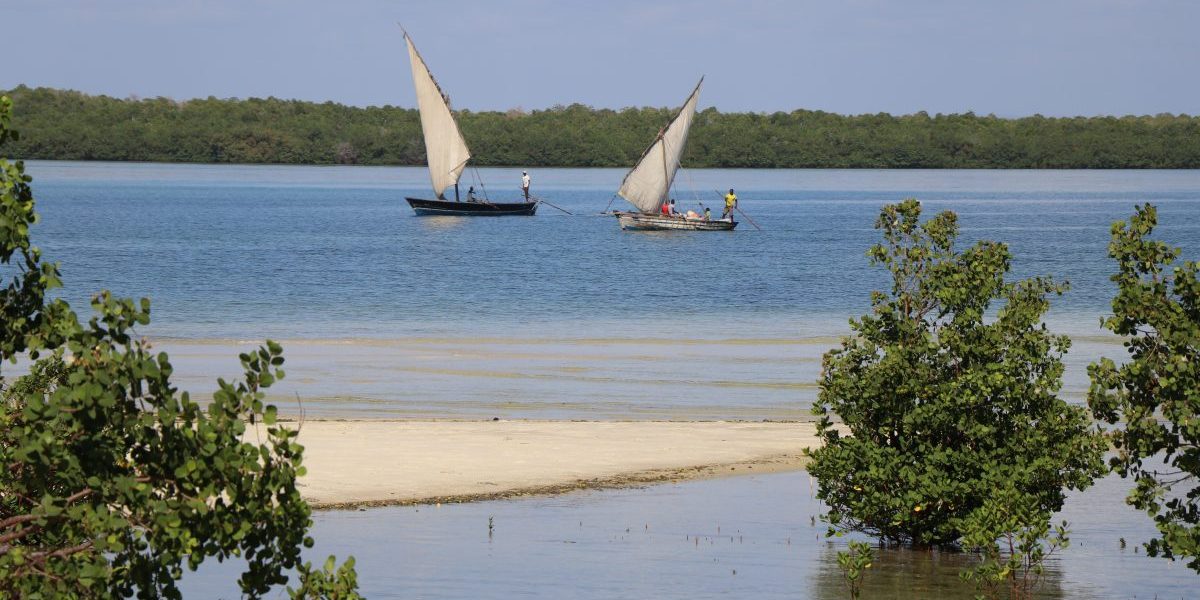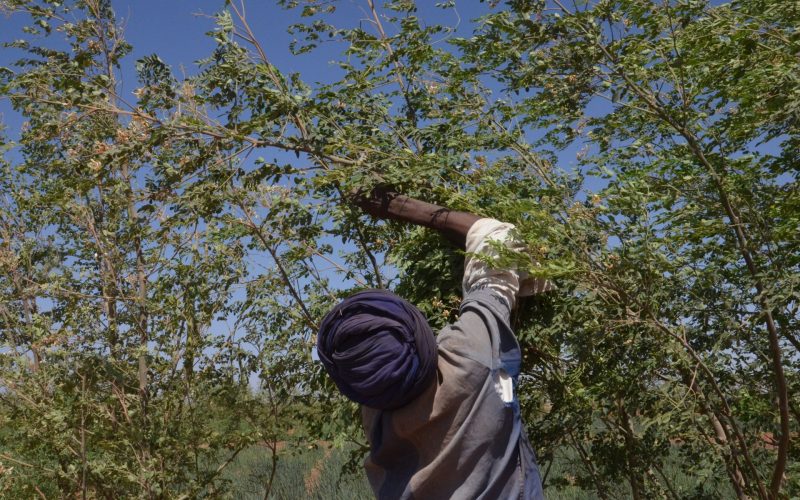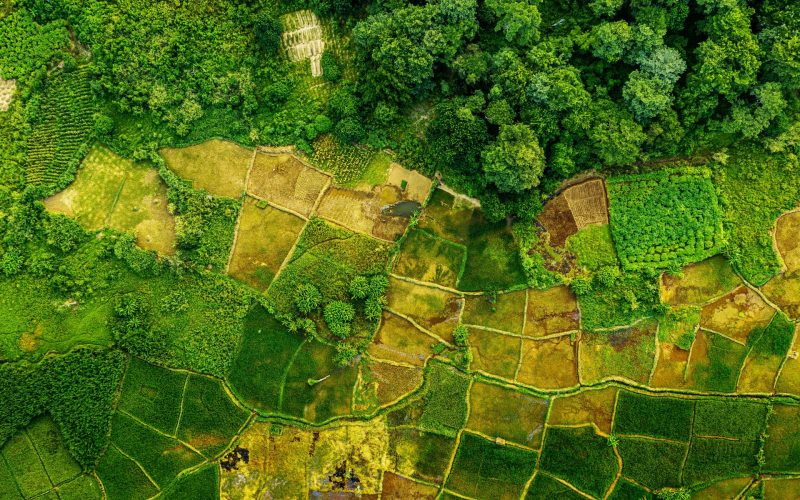Summary
- Mozambique’s 2 500km coastline is rich in coastal and marine biodiversity, with several areas of outstanding ecological and biological importance, including Africa’s second-most extensive mangrove forest. Unfortunately, human action endangers the health and resilience of all these ecosystems.
- Climate change is also having devastating ecological and socioeconomic impacts on Mozambique. It is estimated that by 2050, $7 billion will have to be spent addressing climate hazards (flooding, droughts, cyclones, erosion and sea-level rise).
- A study by the World Bank projects that $103 million will have to be spent every year by 2040 to address climate-related issues in Mozambican coastal areas. However, this amount can be significantly reduced by the adoption of appropriate adaptation measures including ecosystem-based adaptation (EbA) approaches which can contribute to both mitigation and adaptation to climate change, and can provide long-term, cost-effective and sustainable solutions.
- A number of Mozambique’s social and economic management instruments recognize the value of mangrove forests, seagrass beds and coral reefs as important coastal habitats that provide socio-economic and ecological goods and services to coastal communities for EbA and climate mitigation.
- Although institutional arrangements for EbA are comprehensive and inclusive, effective implementation is still a challenge.







